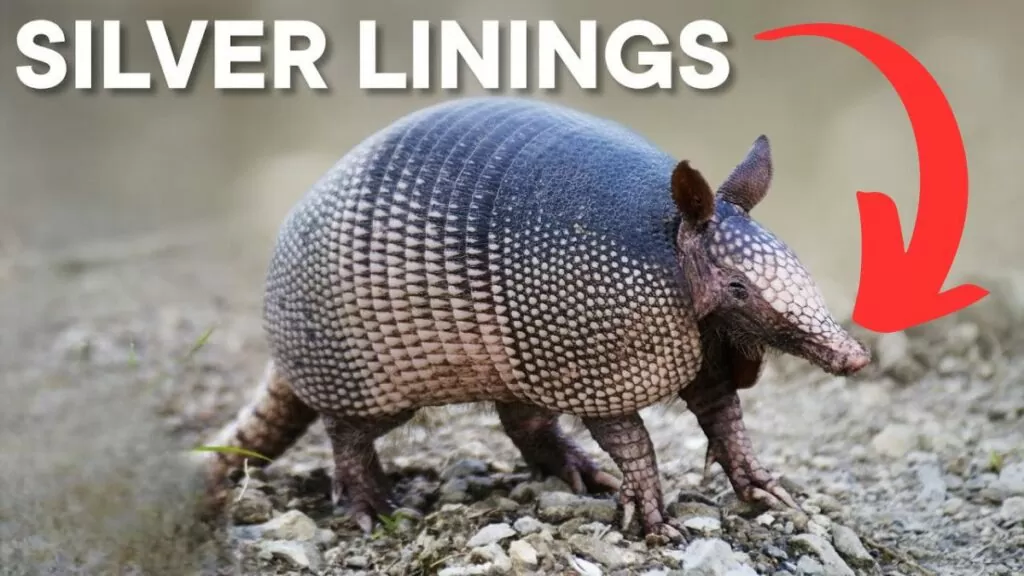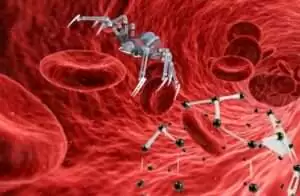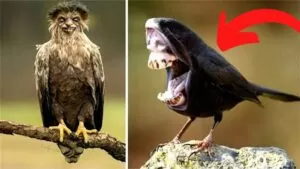
Your brain may not accurately depict Hansen’s disease when you hear the word “leprosy”: a bacterial infection that damages nerves and causes skin lesions.
Despite the fact that you may recall the significant social stigma that still exists toward infected individuals.
In either case, you probably cannot think of any advantages.
In fact, why would it?
Well, one weird little mammal, according to some scientists, could help liver research a lot by studying the bacteria that cause Hansen’s disease.
Mycobacterium leprae, or ML for short, is the bacterium that causes Hansen’s disease, an infectious disease.
Schwann cells, which are cells that protect the peripheral nervous system, are infected by these bacteria in humans; that is, the areas that are not part of your brain or spinal cord.
The long axons of nerve cells are insulated by Schwann cells.
The myelin sheath, which is made up of some of them, aids in the transmission of electrical impulses that carry messages between nerve cells.
Schwann cells revert to a relatively immature state when nerve cells are damaged by injury or infection.
De-differentiation is the term for this reversion.
Cells tend to divide into more specialized states as they mature; They are distinct.
Dedifferentiation occurs when specialization is reversed.
The cells lose their specialization and maturity.
These dedifferentiated Schwann cells aid in the regeneration of axons in typical circumstances, which enables the peripheral nervous system to recover from illness or injury.
Additionally, the Schwann cells return to their differentiated forms at the conclusion of the nerve repair process.
Additionally, the ML bacteria make use of this system to their advantage when a person develops Hansen’s disease.
Schwann cells are reprogrammed by ML bacteria not only into a de-differentiated, immature state but also further into something resembling a stem cell.
Stem cells have the ability to differentiate into a wide variety of cell types, but that’s about it.
A Schwann cell that has reached this stage of dedifferentiation is no longer good at being a Schwann cell.
By degrading the myelin sheath, the process of dedifferentiation in cells infected with ML bacteria damages axons.
Bacteria are able to evade the immune system because it is easier for them to enter cells without the physical barrier of myelin.
For those nerves that required that regenerative system, the outcome is chaos.
Nerve damage in Hansen’s disease patients can result in muscle weakness, loss of feeling, or even blindness if the nerves aren’t able to heal on their own.
Strangely enough, however, there is a situation in which ML infection almost has the opposite effect and encourages regeneration in a completely different kind of tissue.
Liver tissue. the nine-banded armadillos’ liver tissue.
In addition to humans, some armadillos from North and South America are infected with ML.
Nine-banded armadillos infected with the ML bacteria grow larger livers that are healthy and functional in every way, according to a 2022 study from the University of Edinburgh.
Additionally, it is somewhat comparable to what the bacteria do in human nerve cells: using the regenerative processes of the host for their own purposes.
When armadillos are infected with ML bacteria, the bacteria cause an increase in the expression of genes that are responsible for the coding of proteins. These proteins are typically linked to liver growth, wound healing, and increased metabolic responses.
Even more fascinating is the fact that these genes and proteins are very similar to those that are expressed in human liver cells during fetal and adult development.
Armadillo livers undergo temporary dedifferentiation as a result of ML, allowing the cells to proliferate and re-differentiate into healthy, specialized liver cells.
This is less harmful than the de-differentiation that ML causes in human nerve cells, whose return to a stem-cell state impairs their capacity for self-healing due to their inability to re-differentiate.
which demonstrates how remarkably distinct effects in distinct tissues and organisms can result from very similar effects at the cellular level.
There are a number of reasons why tissue regeneration is currently a hot topic of research.
In humans, we want to know how to heal damaged tissue without cells growing out of control and becoming cancerous, as well as how to keep organs healthy as people get older.
In rodent models, scientists can revert mature cells to a more stem-like state.
However, those cells frequently develop cancer.
Consequently, this method cannot be used to repair damaged human organs without extensive research.
Well, can you guess what armadillos without the ML bacteria?
They are free of liver cancer!
None of the infected armadillos had any masses, tumors, or other abnormalities in the tissue that the researchers were looking for.
Additionally, the minuscule reprogramming performed by the ML bacteria has little effect on genes that promote tumor growth.
This reprogramming probably helps the bacteria themselves because it gives them a nicer, more nutritious environment by making their livers bigger and causing more cell proliferation.
It is in the best interest of the bacteria to avoid causing any real harm to the host’s liver because the bacteria also protect themselves by keeping the host healthy.
And this isn’t just good news for armadillos, as the researchers in the study believe, because they can use this information to study how liver tissue regenerates and apply it to humans, either.
Every year, millions of people worldwide die from liver disease.
When needed, the human liver is usually able to heal itself.
However, conditions like liver failure and cirrhosis can impair that.
The researchers are hopeful that using armadillos as a model for liver regeneration will help us develop tools to repair damaged human livers or even grow new livers to order in the event that a transplant is required.
Which is a pleasant surprise given that one of my favorite small animals has come into contact with one of the most despised diseases in human history.
I’d like to think that it might even contribute to the removal of some of the negative stereotypes associated with people with Hansen’s.
Even in the strangest of places, nature can sometimes produce positive outcomes.
When they approach issues from fresh perspectives, researchers are able to locate novel ways to solve them.
Understanding the variables you’re working with can sometimes help.
To solve a problem, sometimes you have to go backwards in time.

![Moon Jellyfish has [ Hidden Secrets ] You don't know moon jellyfish](https://spaceupper.com/wp-content/uploads/2022/11/1-1-300x169.jpg.webp)









